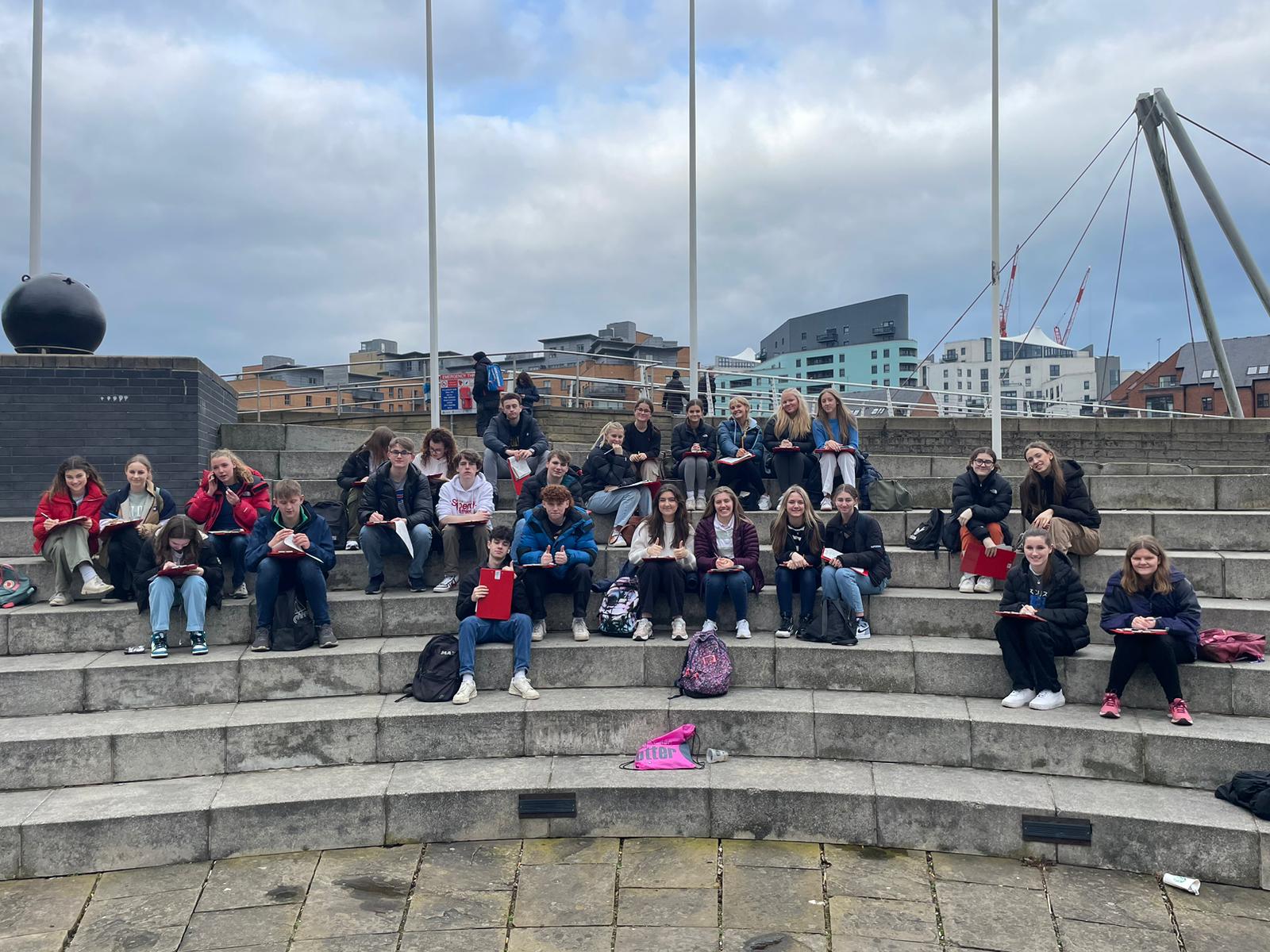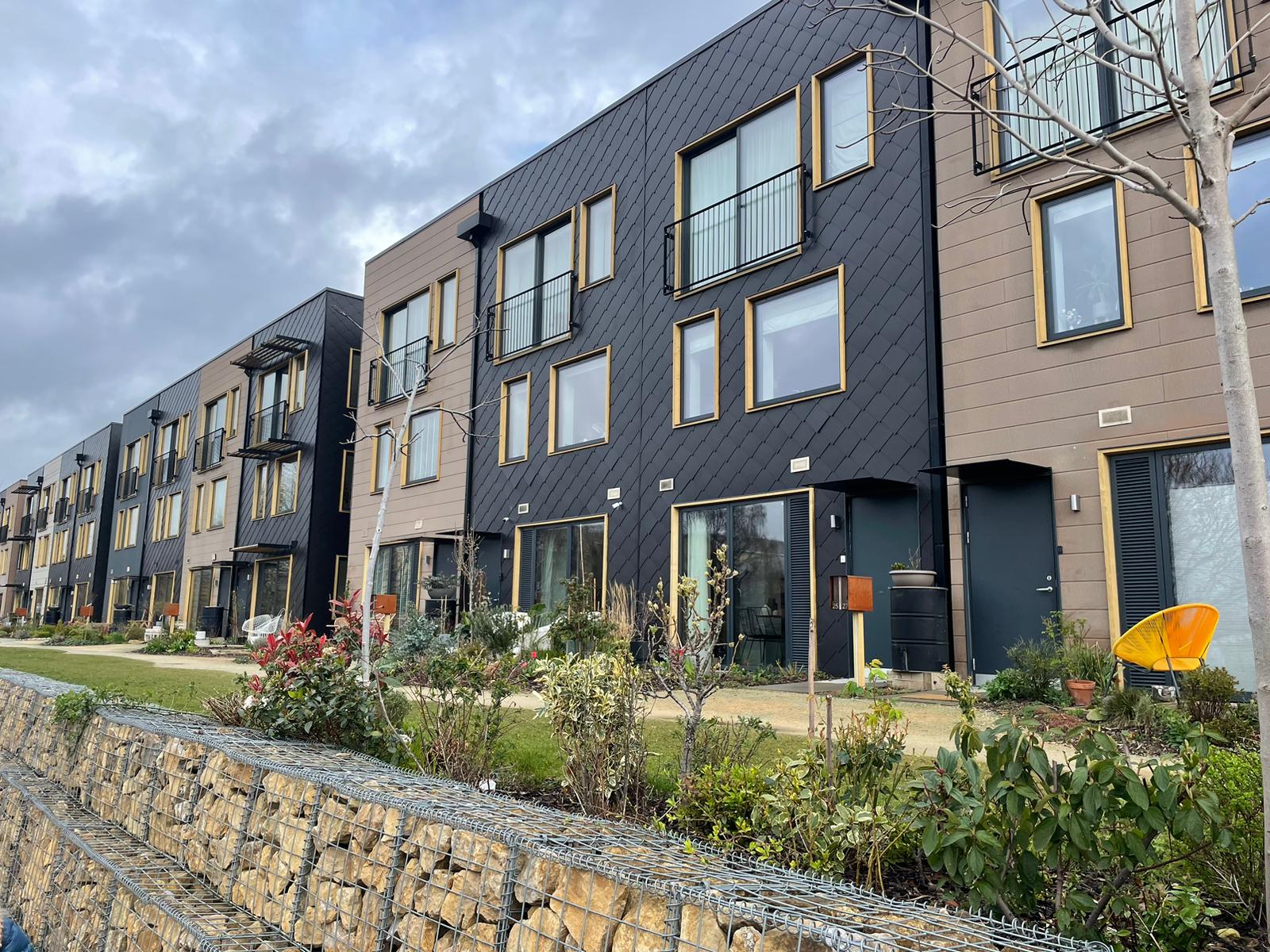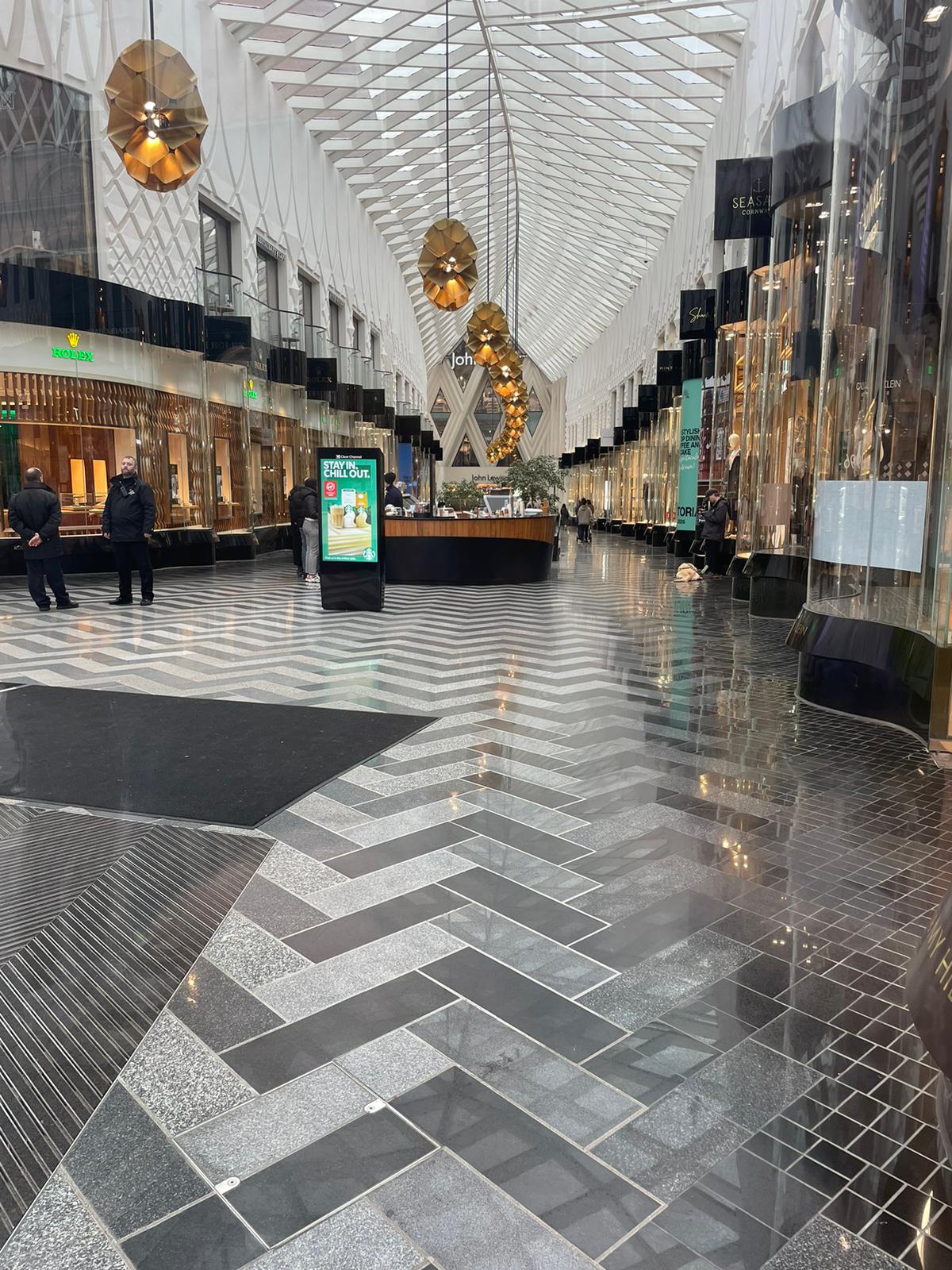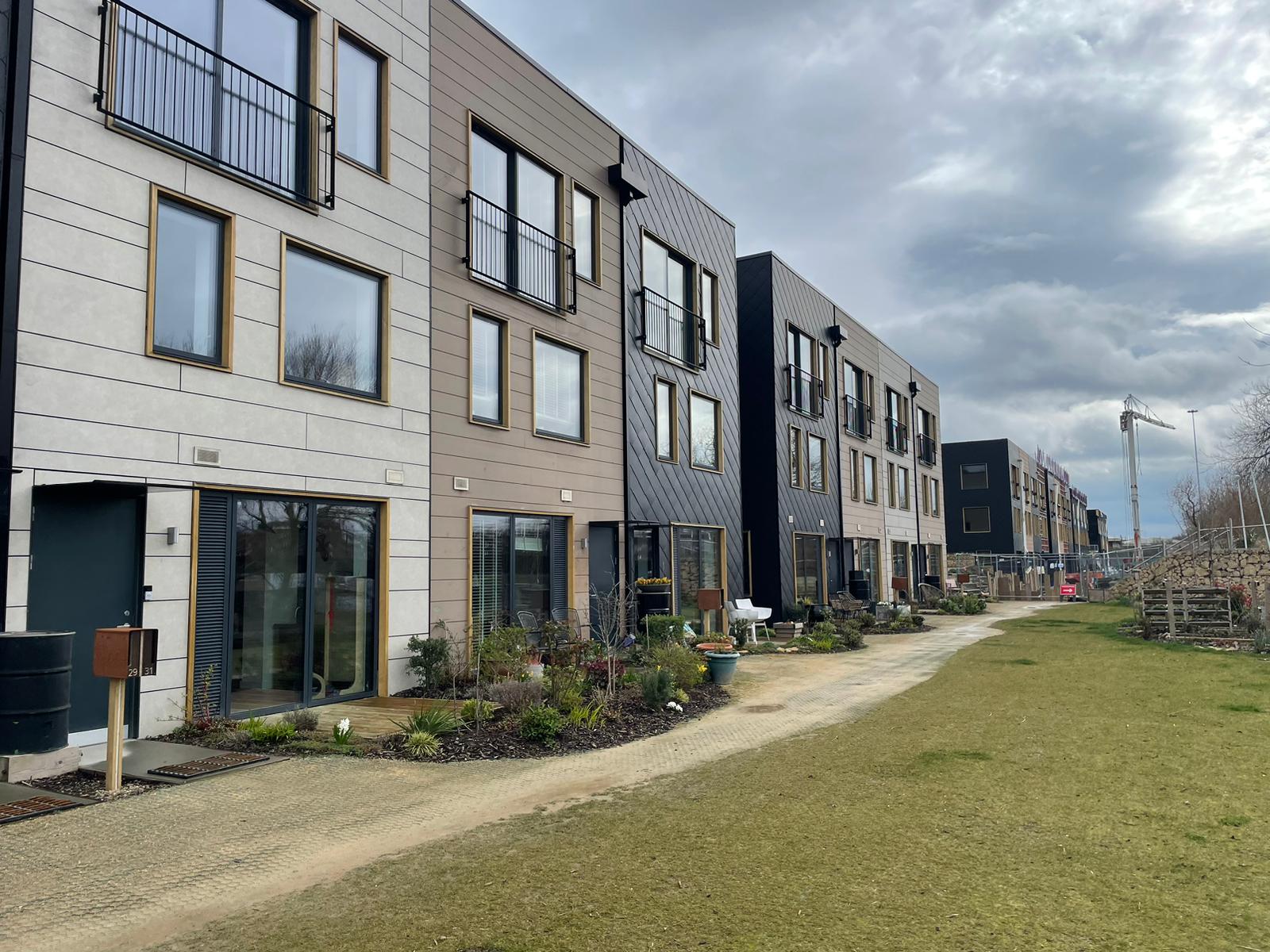Students get street wise in Leeds

Sixth former CHARLOTTE WITHINGTON and her classmates get street wise during a geography field trip exploring the changing face of the city centre of Leeds
IN conjunction with our human geography topic on regeneration we visited the city of Leeds as part of our coursework. In lessons we have been studying three locations that had undergone some form of regeneration and the trip allowed us to evaluate the successfulness (socially, economically and environmentally) of these schemes.

The first site was Climate Innovation District, east of the city centre. The construction of this site began in 2019 and is still underway today. It is a development that aims to offer living and working environments that are carbon zero, energy efficient and sustainable. We then visited the Trinity Centre and Victoria Gate in the retail centre. Both constructed with an aim to increase footfall and income to the city, this has been immensely successful as Leeds is now the fourth top destination in the UK for retail. Finally, we went to Leeds Dock, formerly Clarence Dock. Traditionally a working dock on the Aire/ Calder Navigation network allowing the transfer and transport of the textile created in the city mills to be transported for export on the Leeds Liverpool Canal. This area underwent regeneration after the global shift in manufacturing resulted in abandoned factories and warehouses. Today it is hub for the creative and IT industries.
We investigated each location through the completion of numerous geographical surveys. For me it was interesting to carry out these evaluations on Leeds Trinity, a place I have visited many times for shopping, as it revealed a different aspect to the location and (in this case) the successfulness of retail led regeneration.

Completing these surveys allowed us to develop our geographical skills, which we can utilise in the future, to complete further coursework. These surveys included:
- Street appearance survey
- Environmental Quality survey
- Field sketch
- Distance of decay
- Pedestrian and traffic counts
- Place check profiles
Not only did this trip allow us to collect useful data, but also prompted title ideas for our non-examined assessment project that we will complete as part of the A-level geography course.








